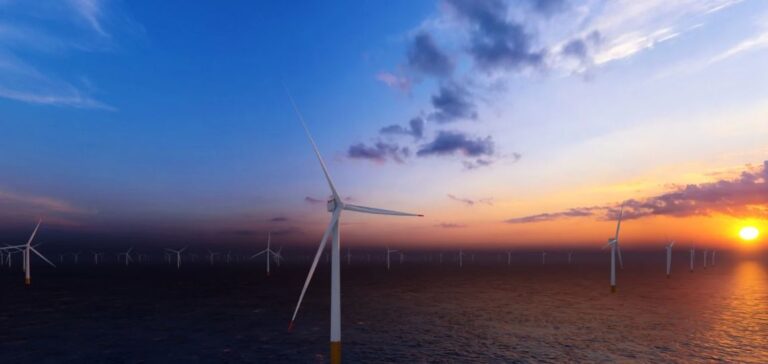Canada is taking a new step in the development of offshore wind energy by joining the Global Offshore Wind Alliance (GOWA). This decision aligns with a strategy to structure the industry and establish a solid foundation for a rapidly expanding market. Nova Scotia and Newfoundland and Labrador have also joined the Alliance as provincial governments, highlighting the authorities’ commitment to maximizing economic opportunities in this sector.
A Growing Global Market
The offshore wind industry represents a market valued in the trillions of dollars, with expansion prospects supported by increasing energy demands and international agreements. GOWA, launched at COP27 in 2022, aims to accelerate global offshore wind energy production, targeting a total installed capacity of 380 gigawatts (GW) by 2030.
By joining this organization, Canada gains access to an international cooperation framework and privileged access to industry-specific technical and regulatory expertise. This initiative comes at a time when multiple nations are seeking to structure their energy sectors around emerging technologies and attract foreign investments.
An Evolving Regulatory Framework
To support the development of the sector, the Canadian government has implemented an adapted legislative framework. Bill C-49 was passed to integrate marine renewable energy into the regulation of offshore hydrocarbons. This reform expands the mandate of regulatory agencies and establishes a development framework for offshore wind energy in the Atlantic region.
Additionally, the Offshore Renewable Energy Regulation imposes safety and environmental protection standards on developers. The objective is to structure the market while mitigating risks associated with the deployment of new projects. These regulatory advancements are expected to reassure investors and facilitate the acceleration of infrastructure deployment.
Opportunities for Economic Players
Joining GOWA opens economic prospects for Canadian companies involved in offshore wind energy. Investments are already underway to identify the most suitable areas for wind farm development, particularly through regional assessments conducted along the Atlantic coast.
Moreover, initiatives such as the Offshore Wind Energy Grants for Indigenous and Coastal Communities and the Offshore Wind Integration and Transmission Study in Atlantic Canada aim to further structure the market. These initiatives help secure future projects and optimize the integration of offshore wind energy into the national grid.
A Strategic Position in the Global Market
With the world’s longest coastline and a strong wind resource potential, Canada positions itself as a key player in the global market. Its integration into GOWA enables it to align with international standards and participate in ongoing investment dynamics in offshore wind energy.
The sector’s growth prospects could also stimulate the creation of specialized jobs and strengthen industrial activity in maritime provinces. By joining a structured international network, Canada seeks to maximize its economic opportunities and solidify its role in the global energy market.






















